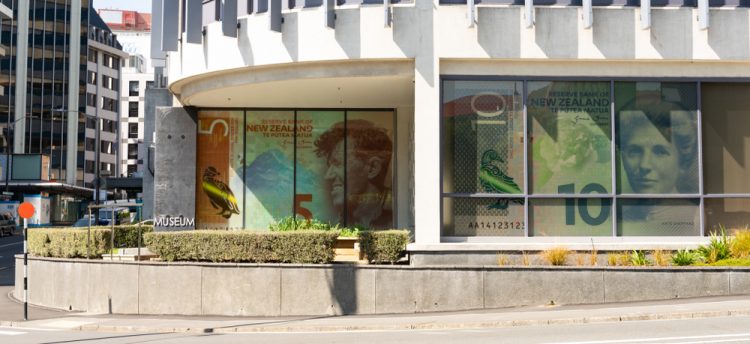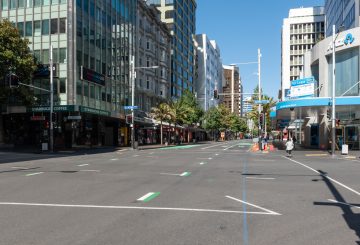Theo một báo cáo của công ty luật Chapman Tripp, ngành ngân hàng của New Zealand sẽ trải qua những thay đổi cơ cấu đáng kể khi quy định và công nghệ phát triển để cung cấp cho người tiêu dùng nhiều quyền lực và sự lựa chọn hơn trong thập kỷ tới. Ngành này sẽ phải đối mặt với một môi trường giao dịch đa dạng, khó khăn và cạnh tranh hơn, dẫn đến chiến thắng và thua lỗ cho cả những người chơi lớn nhất và nhỏ hơn. Tốc độ thay đổi mang lại bởi những tiến bộ công nghệ sẽ không chỉ có ở New Zealand, nhưng đất nước đang phải đối mặt với những thay đổi này, tất cả cùng một lúc, vào thời điểm công nghệ đang tiến vào lãnh thổ chưa biết và “sự thật” ngân hàng hiện đại đang được kiểm tra lại.
Báo cáo cho rằng việc tiếp thu tiền điện tử tương đối chậm của New Zealand được dự kiến sẽ tăng trưởng nhanh chóng phù hợp với phần còn lại của khu vực Châu Á Thái Bình Dương, cùng với ngành công nghệ tài chính. Báo cáo thêm cho rằng các sản phẩm ngân hàng mới có thể giữ tiền gửi trong hệ sinh thái ngân hàng sẽ trở nên quan trọng, vì người tiêu dùng được kỳ vọng sẽ yêu cầu nhiều hơn từ các ngân hàng. Môi trường lạm phát hiện tại sẽ khuyến khích khách hàng tìm kiếm lợi nhuận cao hơn cũng như các công nghệ và quy định mới giúp họ dễ dàng chuyển tiền giữa các ngân hàng hoặc thoát khỏi hệ thống ngân hàng hoàn toàn.
Báo cáo cũng dự đoán rằng giấy phép xã hội hoạt động, đó là về đáp ứng kỳ vọng của công chúng về hành vi hợp lý của công ty, sẽ trở nên ngày càng khó khăn cho ngành ngân hàng để quản lý. Hành vi ngân hàng sẽ bao gồm quản lý các vấn đề về môi trường, xã hội và quản trị, và sẽ mở rộng đến mức độ tốt của các ngân hàng hỗ trợ khách hàng trong thời gian gặp khó khăn, cho dù liên quan đến gian lận hay những cú sốc kinh tế.
Những thay đổi cũng có thể là kết quả từ một cuộc điều tra của Ủy ban Thương mại dự kiến về lĩnh vực ngân hàng bán lẻ theo các báo cáo thị trường gần đây của nó vào nhiên liệu bán lẻ, siêu thị và các ngành công nghiệp xây dựng. Việc tìm kiếm sự cân bằng phù hợp giữa quy định tài chính, kỷ luật thị trường và bảo vệ nhà đầu tư là một vấn đề khó giải quyết, và hậu quả và khiếu nại ngoài ý muốn phát sinh bất kể cách tiếp cận nào. Báo cáo của Chapman Tripp ước tính một số thay đổi sẽ diễn ra trong 12 tháng tới, với những thay đổi đáng kể hơn trong những năm tới. Ngành ngân hàng đang phải đối mặt với một chương trình cải cách quy định đa diện sẽ đòi hỏi sự điều chỉnh đáng kể và thay đổi động lực của thị trường, khuyến khích đổi mới công nghệ và tạo cơ hội cho những người mới tham gia. Sự hợp nhất lâu dài có thể xảy ra khi quy mô và chiều rộng của sản phẩm cung cấp mở rộng ra ngoài các dịch vụ ngân hàng truyền thống để thu hút khách hàng.
NZ ‘đằng sau đường cong ‘về những thay đổi ngành công nghiệp ngân hàng





























































